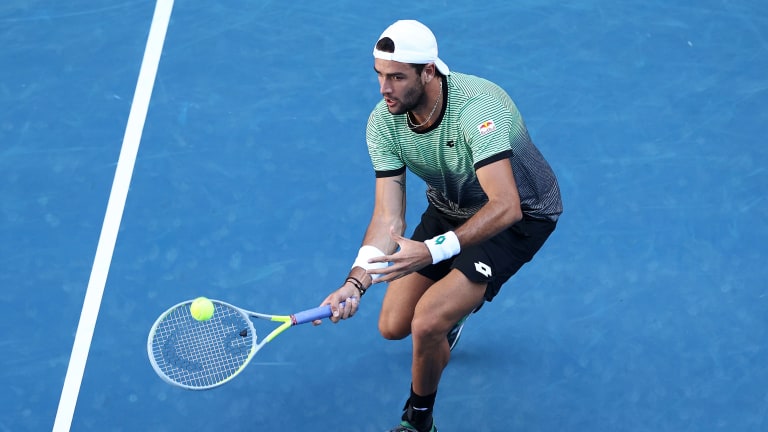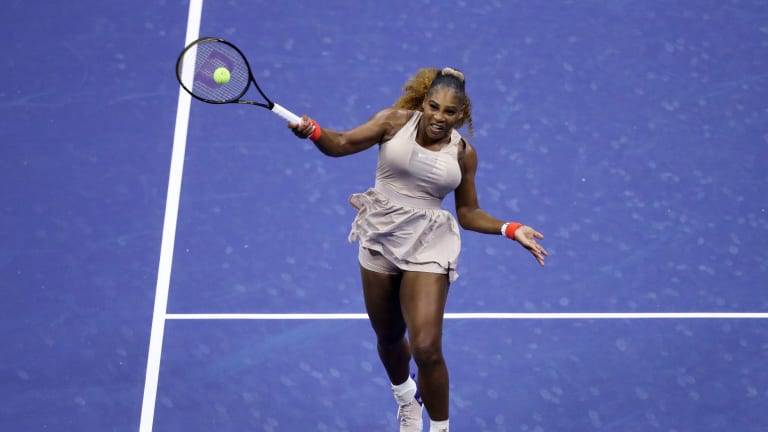Instruction
Four advanced strokes for success, and how to make them or break them
By May 26, 2021Instruction
Court of Appeals: Water Break
By May 20, 2023Instruction
Toni Nadal: With improved backhand, Casper Ruud "can be No. 1"
By Nov 21, 2022Instruction
Quick Tip: Add a rocking motion to the start of your serve
By Nov 16, 2022Instruction
Tennis Channel Academy: Rectifying Road Rage
By Oct 13, 2022Instruction
Tennis Channel Academy: Is the Lesson Model Broken?
By Oct 12, 2022Instruction
Breaking The Rules: Time to abandon the net touch?
By Oct 11, 2022Instruction
Mission Transition: How to bring your game from baseline to net (Part 3 of 3)
By Oct 03, 2022Instruction
Mission Transition: How to bring your game from baseline to net (Part 2 of 3)
By Oct 03, 2022Instruction
What can be applied from Carlos Alcaraz, Casper Ruud to your game? How to enjoy the competitive process
By Sep 12, 2022Four advanced strokes for success, and how to make them or break them
These four shots, if mastered, are sure to help you win more matches.
Published May 26, 2021
Advertising

You’ll need some fast hands to execute this dropper, but if done correctly, it will often result in a winner.
Advertising

Breaking an opponent’s rhythm is a sure pathway to drawing errors.
Advertising

With your opponent likely in a vulnerable position, go for this shot whenever the opportunity presents.
Advertising

Finding open space to put the ball on a doubles court can be tricky. One area that is always available is up.